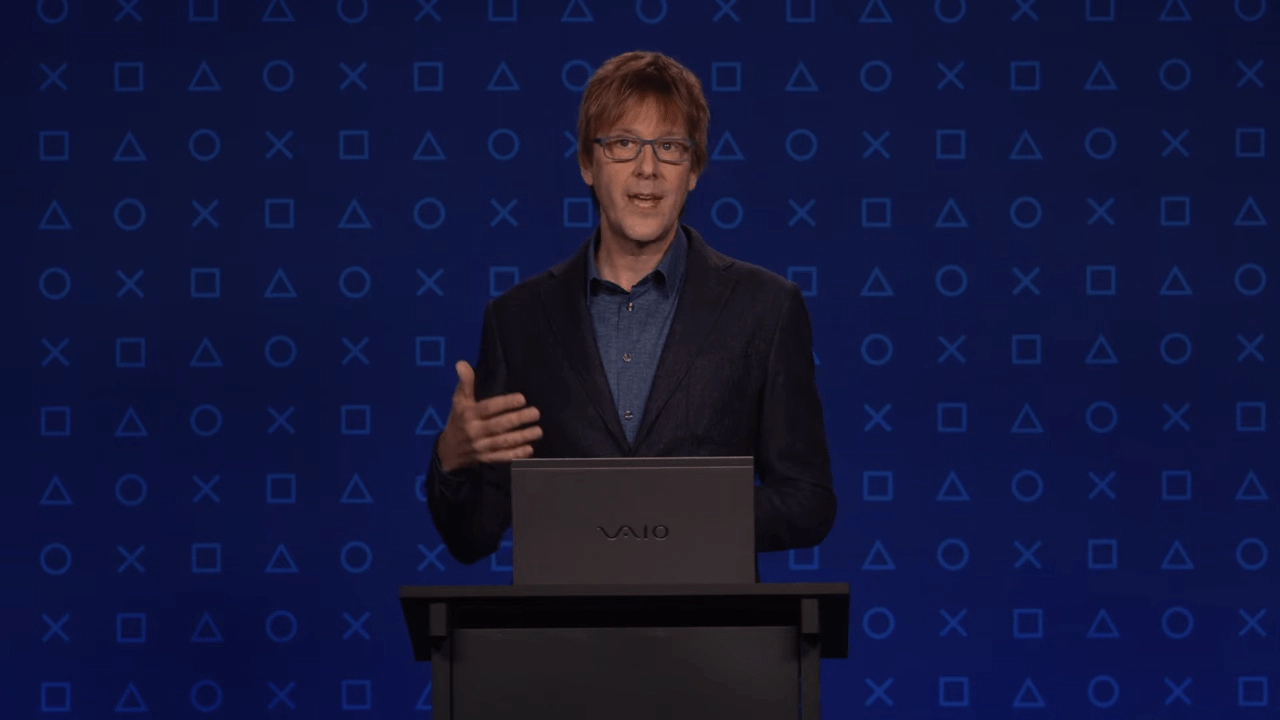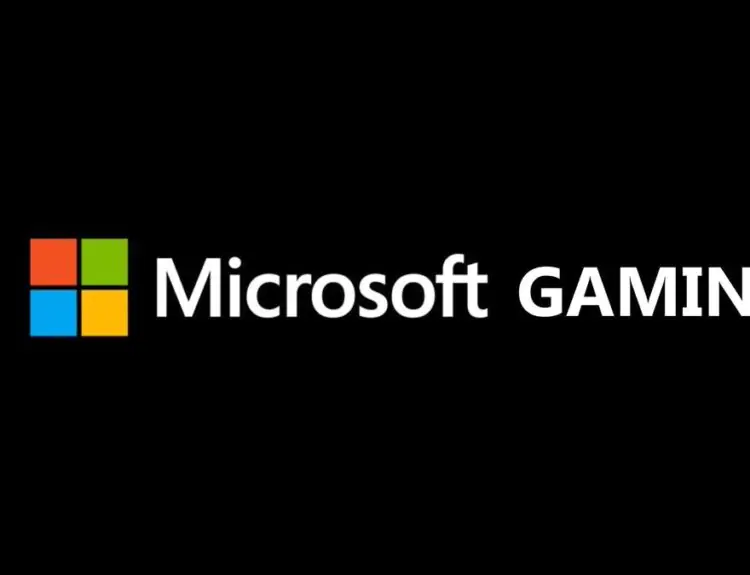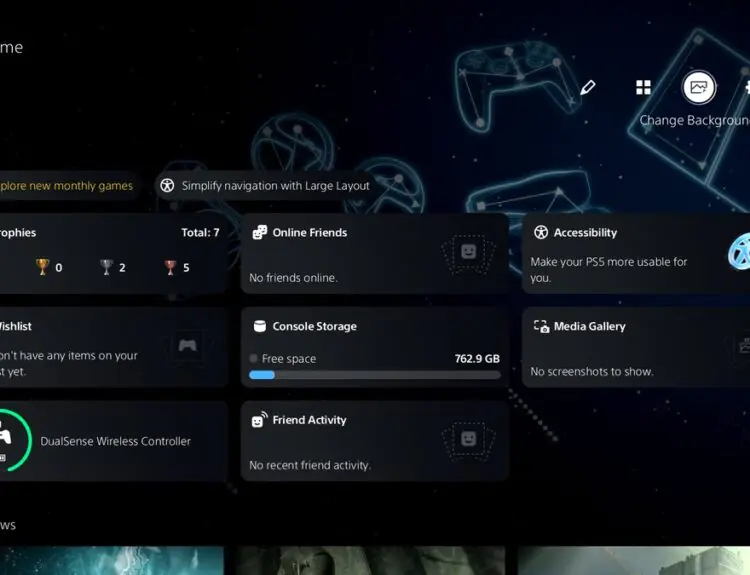Speculation about the arrival of the PS5 has been rife for months, and following today’s presentation from Sony, there are concrete details about the specs of the next-generation PlayStation console. Over the 50 minute presentation, Mark Cerny, the Lead System Architect for PS5, goes into quite a lot of detail about the plans for the console and also mentions ears a fair amount.
If you want to tune into the more detailed 50 minutes deep dive into the console’s specs, you can check it out below in the aptly named “Road to PS5” video.
For those who have other things to do with their next hour, here’s a quick look at the concrete PS5 specifications and the most important part of the news about the upcoming system.
- CPU: 8x Zen 2 Cores at 3.5GHz (variable frequency)
- GPU: 10.28 TFLOPs, 36 CUs at 2.23GHz (variable frequency)
- GPU Architecture: Custom RDNA 2
- Memory/Interface: 16GB GDDR6/256-bit
- Memory Bandwidth: 448GB/s
- Internal Storage: Custom 825GB SSD
- IO Throughput: 5.5GB/s (Raw), Typical 8-9GB/s (Compressed)
- External Storage: USB HDD Support
In truth, the 50-minute presentation goes into more depth about the user experience with the expandable USB SSD drives and Audio Tempest tech rather than the joy gamer’s will get from the console’s monster specs. However, as many are concerned with how well your PS5 will run the upcoming next-gen games, specs are a good place to start.
There are one or two details in the presentation that are very important, including the introduction of what is widely referred to as ‘boost’, or variable frequencies. The tech inside the PS5 is different than similar concepts in phones and previous consoles.
By closely managing the thermal restrictions and power-redirecting inside PlayStation’s AMD Core, performance can be consistent in any environment. Both CPU and GPU performance are monitored and frequencies are set to match. This has shown the Sony team, apparently, the opportunity to run at extremely high GPU frequencies.
As well as this power boost, which could bring out the best of next-gen games, Mark Cerny went into some detail about the AMD RDNA 2 tech inside the PS5. The Geometry Engine, parity with other AMD products, and shaders which are similar to those seen in Nvidia Turing all sound promising for graphics in the next decade.
Lastly, the SSD tech is what is promised by Mark Cerny to bring the true next-gen experience, apparently one of the most requested features. According to Mark Cerny, 2 GB of data can be loaded in one-quarter of a second, making the gameplay experience smoother than anything seen before.







